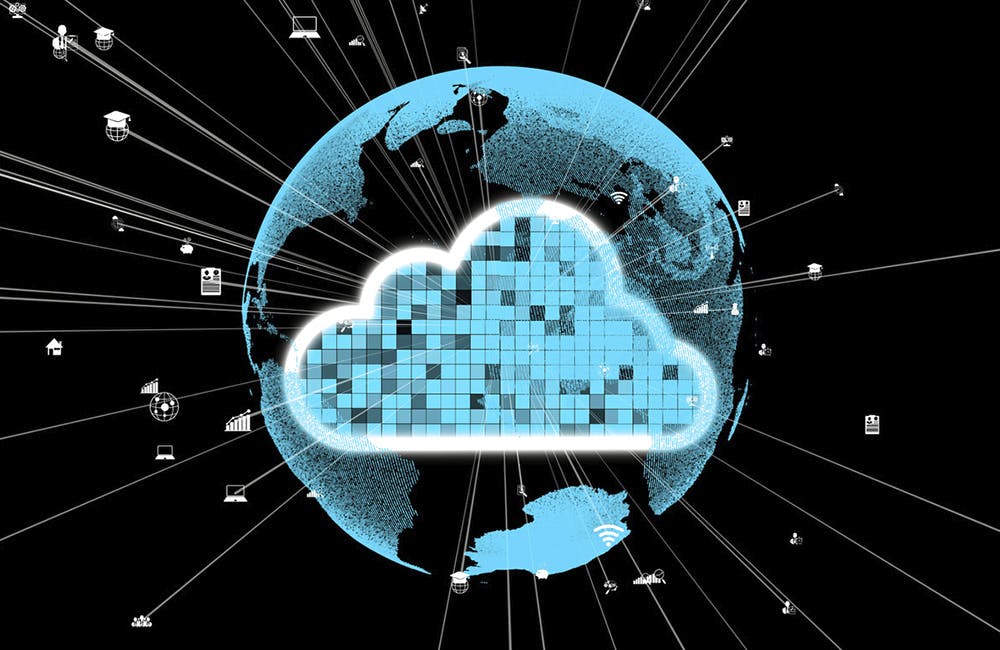-

White House Cyber Group Discusses How to Stop Another SolarWinds
Deep-rooted concerns with the information and communications technology (ICT) supply chain, especially after the SolarWinds software supply chain breach, left government agencies and contractors vulnerable to foreign nation-state infiltration.
7m read -

How the Pandemic Impacted Federal IT Modernization, Security Strategies
Biden’s $1.9 trillion stimulus package includes $10 billion for IT modernization and cybersecurity needs at federal agencies.
7m read -

Status of CMMC, TIC 3.0, Supply Chain Security Trends in 2021
Top cyber officials are calling on federal agencies to pay particular attention this year to TIC 3.0, the new Cybersecurity Maturity Model Certification (CMMC) standards and supply chain security to significantly reduce cyber risk.
7m read -

What is IPA and How Does it Boost Federal IT Functions?
The newest federal IT trend is all about IPA — intelligent process automation, that is. IPA is a set of automation technologies federal agencies can adopt to revitalize IT modernization efforts.
7m read -

CISA Takes on Security Challenges with 5G
As federal agencies prepare their infrastructure for anticipated 5G capabilities, these modernization efforts elicit the need for enhanced security. The Cybersecurity and Infrastructure Security Agency (CISA) is uniquely positioned to address these needs.
7m read -

'SecDevOps' and RPA Drive IT Modernization Efforts at DHS
Despite potential for pandemic-induced disruptions, the Department of Homeland Security’s IT modernization strategy accelerated in 2020. The agency already moved about 75% of its network traffic to a new enterprise cloud-based network, and it hopes to finish the transition from legacy IT systems to the new network by early spring, said Deputy CIO (and current acting CIO) Beth Cappello.
7m read -

Agencies Open Up About Cloud-Based Telework Tools, Challenges
When federal agencies pivoted to remote work in March 2020 due to the COVID-19 pandemic, they faced an overwhelming number of options for cloud-based collaboration tools.
7m read -

'Domains' Help USCIS Enhance Agile, Fast Mission Delivery
When U.S. Citizenship and Immigration Services CIO Bill McElhaney assumed his position in March 2018, IT offices within each directorate were very siloed across the agency. Repetitive processes and excess IT spending impeded mission delivery speed and inhibited effectiveness and efficiency.
7m read -

Data Access is Key to Addressing Future Health Crises
Public health officials and organizations pivoted quickly to address the COVID-19 pandemic when it first began in March 2020, and health IT kept pace to support their efforts. But health IT still has a long way to go to sufficiently support public health, according to panelists at GovernmentCIO Media & Research’s health IT event last week.
7m read -

Customized Cloud Environments Require New Security Approaches
Sometimes making the most of the cloud means rethinking cloud security. Many federal agencies are still in the process of transitioning to the cloud, but as they customize their cloud environments to suit agency missions and priorities, they encounter new security challenges.
7m read -

Tips From USCIS for Smooth Cloud Migration
U.S. Citizenship and Immigration Services offered agencies to take a piecemeal approach in determining which applications to migrate to the cloud and also keeping in mind proper security controls. The agency, which is currently in a multi-cloud environment, is re-architecting applications for platform-as-a-service (Paas).
7m read -

These Two Agencies are Leading Data Management Innovation at DHS
U.S. Citizenship and Immigration Services "is a data agency," according to its chief data officer, Beth Puchek. With the agency handling thousands of citizenship applications every year and receiving the most Freedom of Information Act (FOIA) requests of any other federal agency, managing data is its strong suit.
7m read
Featured
-
Topics
-
Events
-
Videos
-
Podcasts
-
Insights















